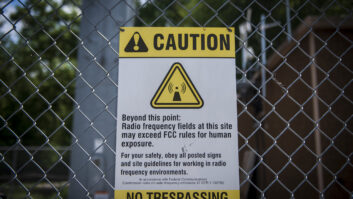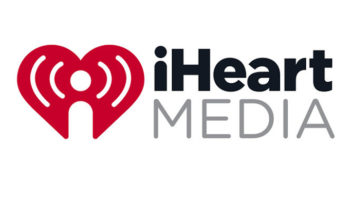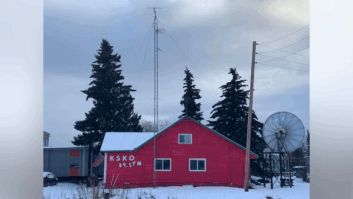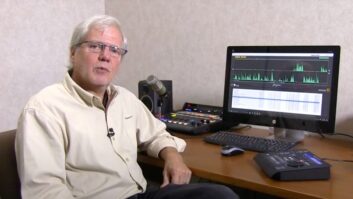The phrase “bonded meta-data” caught our eye in the title of a recent presentation by Mike Starling, who is NPR VP and chief technology officer as well as executive director of NPR Labs. We asked him to tell us what that means and why it’s important.
“NPR’s Public Radio Satellite System is currently upgrading the infrastructure introduced as ContentDepot in 2005 to accommodate emerging meta-data applications,” Starling replied in an e-mail.
“Several broadcast organizations are working to advance these emerging services in the months ahead.”
Starling explained that bonded meta-data is content associated with and carried in digital transmissions, making it easier to identify information for sorting, searching, acting as triggers for events and other uses.
“Because the data is ‘bonded’ — or attached — to primary content, it remains available over time during the reuse, such as recording or play-out, of the primary content.”
Examples of bonded meta-data have existed in a basic form since digital audio and digital television launched, he explained.
“Program-Associated Data (PAD), Program Service Data, music tagging and conditional access encryption are more commonly recognized examples. More recent examples are radio captioning and location-based services, such as traffic events.
“In the case of traffic, meta-data can also work as triggers for activating graphics for traffic maps, identifying commercial and non-commercial points of interest, or highlighting community events.”
These developments are worth paying continued attention to. They are relevant for the radio broadcasting community because they offer opportunities to develop new broadcasting services and increase broadcasting’s relevance for consumers.
As Starling puts it: “Radio broadcasters are developing new uses for digital transmission; that is, they’re developing new services that can be carried through radio transmission. These new services, in turn, can provide new services to consumers in both the business-to-business and business-to-consumer markets.”
— Radio World







